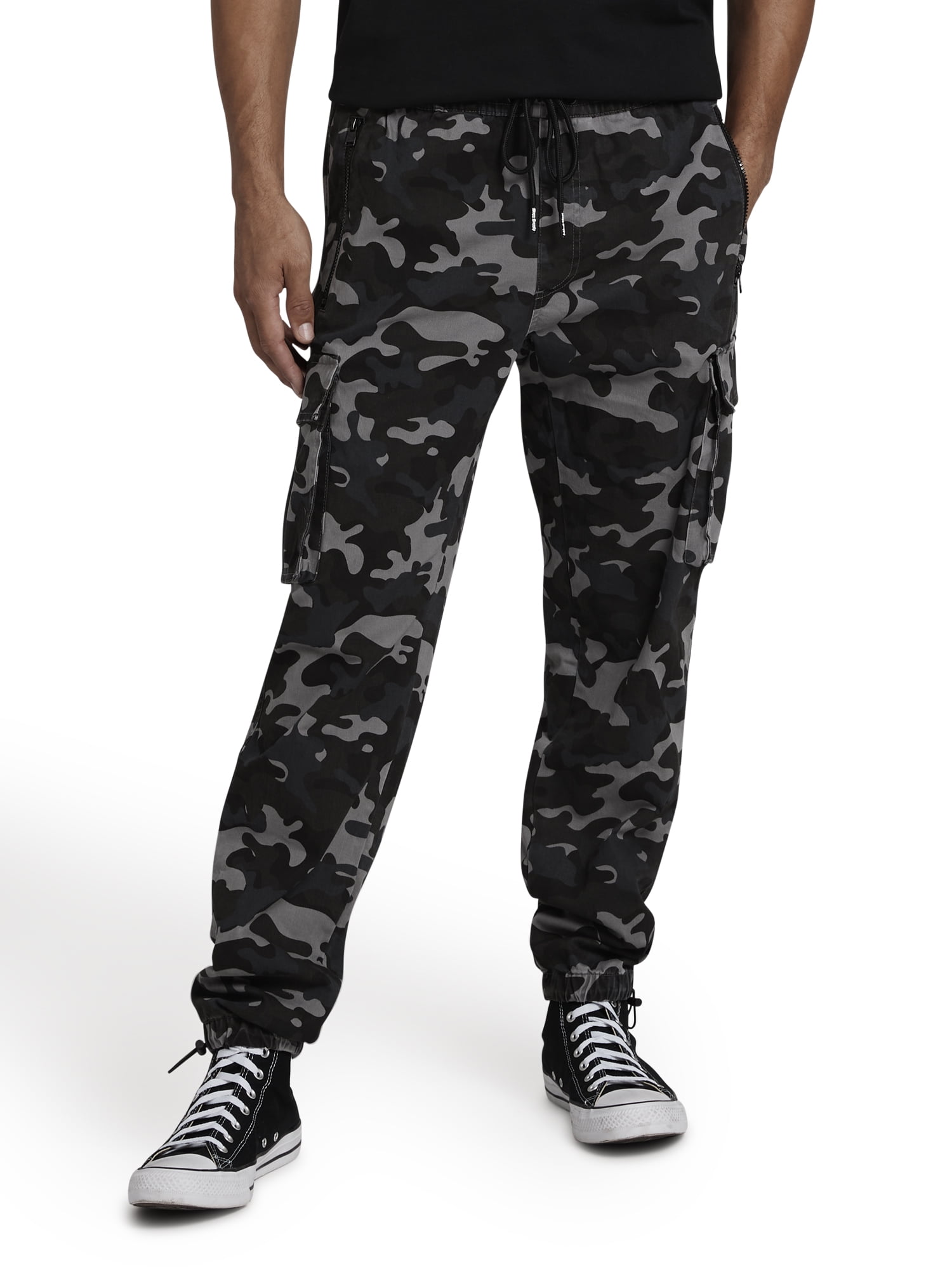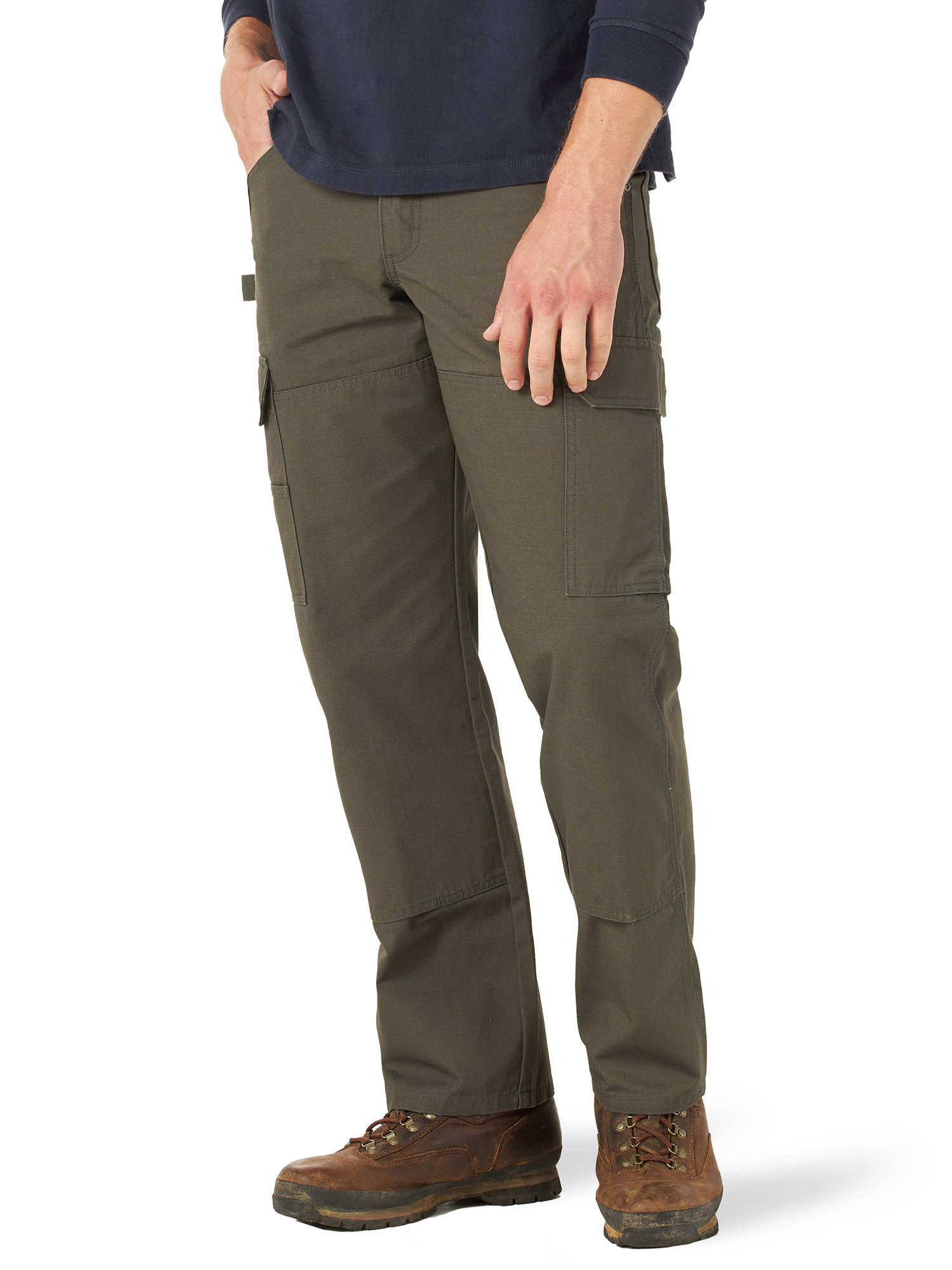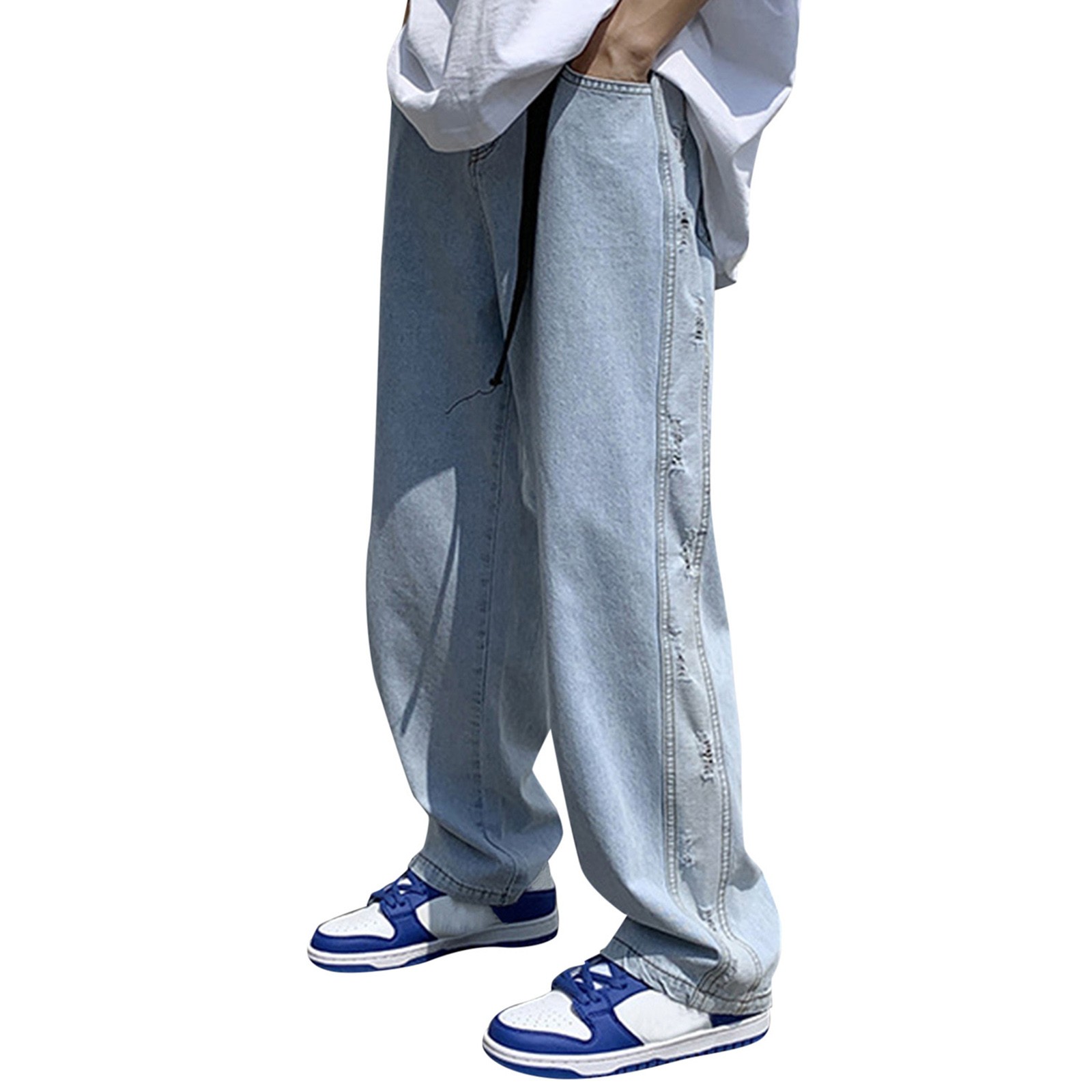Introduction
When it comes to shopping for pants, finding the perfect fit can be a challenging task. With various measurements and sizing systems in place, navigating the world of men’s pant sizes requires a basic understanding of key measurements and considerations. From waist and inseam lengths to rise measurements and customization options, decoding men’s pant sizes is essential for achieving both comfort and style. In this comprehensive guide, we will delve into the intricacies of men’s pant sizes, offering insights and tips to help you find the ideal fit for your body type and personal preferences.
Men’s Pant Size Basics: Decoding Waist and Inseam Measurements
At the core of men’s pant sizing are two primary measurements: waist and inseam. Understanding these measurements is crucial for determining the right pant size and achieving a comfortable and flattering fit.
Understanding Waist Measurements: Finding Your Ideal Fit
The waist measurement of a pair of pants refers to the circumference of the waistband when laid flat and measured across. To determine your waist size, use a measuring tape to measure around your natural waist, which is typically located above the hip bones and slightly below the rib cage. Take note of the measurement in inches or centimeters, as this will help you identify your waist size when shopping for pants.
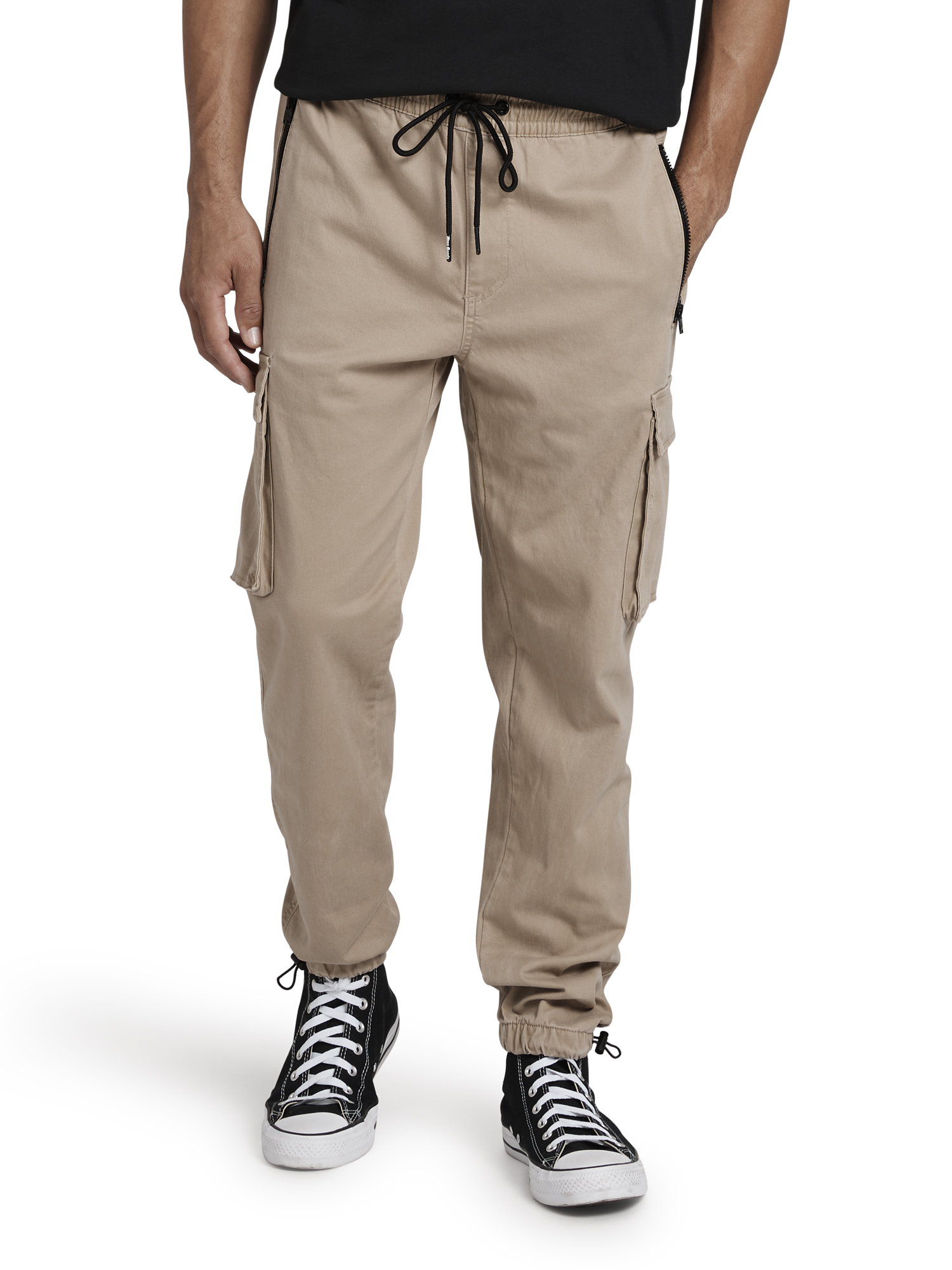
When selecting pants based on waist size, it is important to consider your preferred fit. For a snug fit, opt for pants that closely match your actual waist measurement. If you prefer a looser or more relaxed fit, you may choose pants with a slightly larger waist size or opt for styles with elastic waistbands for added comfort.
Exploring Inseam Lengths: Achieving the Right Pant Length
The inseam measurement of a pair of pants refers to the length from the crotch seam to the bottom hem. This measurement is crucial for determining the overall length and fit of the pants, particularly in relation to your height and leg proportions.
To measure your inseam length, stand straight with your feet shoulder-width apart and have someone measure from the crotch to the bottom of one pant leg. Alternatively, you can measure a pair of well-fitting pants that you already own to determine the inseam length that works best for you.
When choosing pants based on inseam length, consider whether you prefer a standard, short, or long inseam. Standard inseam lengths typically range from 30 to 34 inches, while short inseams are shorter than 30 inches and long inseams are longer than 34 inches. Selecting the right inseam length will ensure that your pants fit properly and flatter your physique.
Understanding Rise Measurements: Enhancing Comfort and Style
In addition to waist and inseam measurements, the rise measurement of a pair of pants plays a significant role in determining the overall fit and comfort level. The rise refers to the distance from the crotch seam to the top of the waistband and can vary depending on the style and design of the pants.
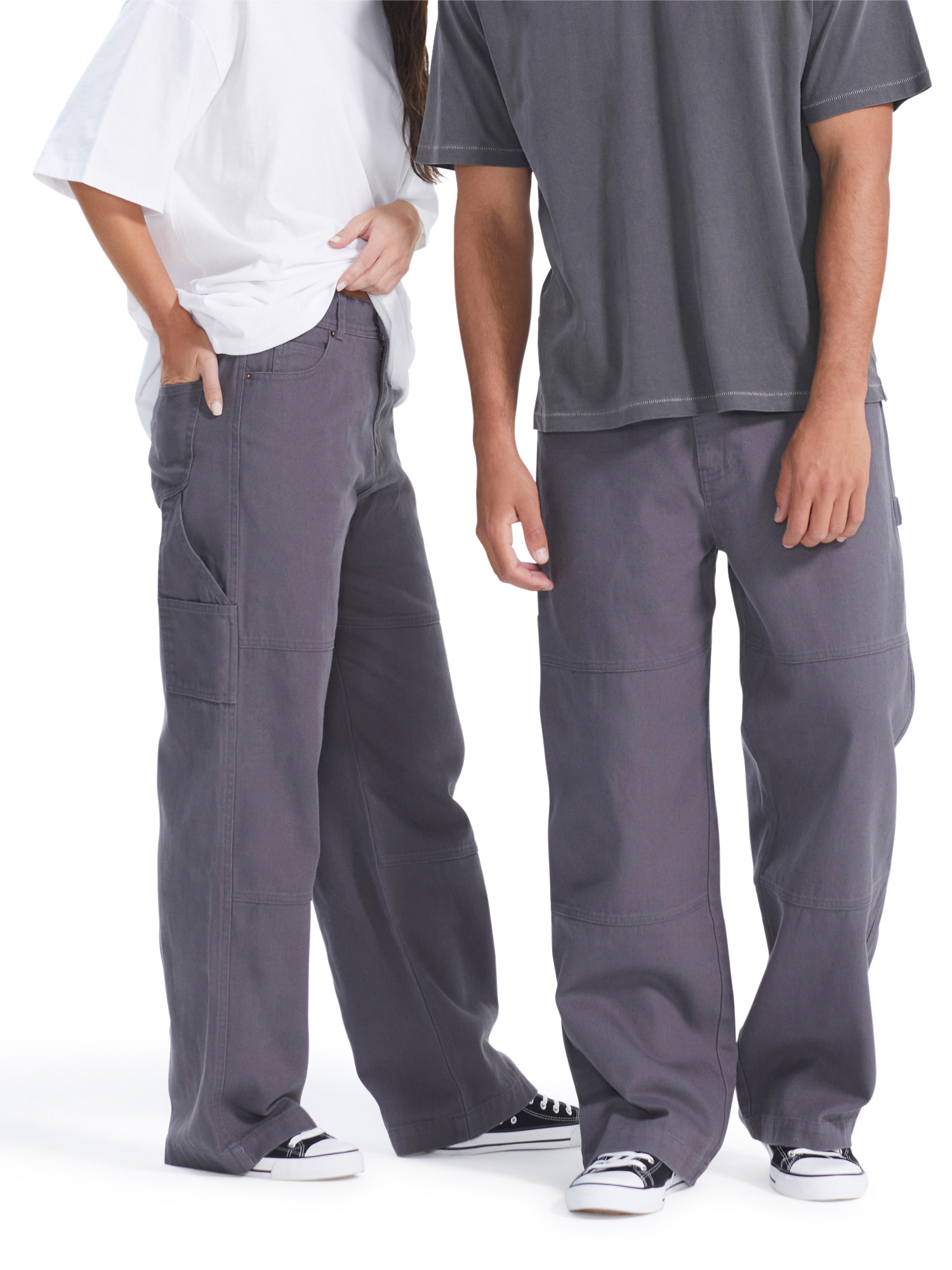
There are three main types of rises to consider:
Low rise: Sits below the natural waistline and provides a modern and casual look.
Mid rise: Sits at the natural waistline and offers a classic and versatile fit.
High rise: Sits above the natural waistline and provides added coverage and support.
When selecting pants based on rise measurements, choose a rise that complements your body shape and personal style preferences. A well-fitting rise will ensure that your pants sit comfortably on your waist and provide the desired level of coverage and support throughout the day.
Beyond Standard Sizing: Exploring Big and Tall Options
For individuals who fall outside of standard sizing categories, such as those who are taller or have broader builds, finding pants that fit well can be a challenge. Fortunately, many brands offer big and tall sizing options to accommodate a wider range of body types and proportions.
Big and tall pants are designed with extended waist and inseam measurements to provide a comfortable and proportional fit for individuals with larger frames. When shopping for big and tall pants, look for specialized sizing charts that cater to your specific measurements, and consider trying on different styles and cuts to find the best fit for your body type.
Customization and Tailoring: Achieving the Perfect Fit
While standard sizing guidelines provide a helpful starting point for finding the right pants, customization and tailoring can further enhance the fit and comfort of your garments. Many clothing retailers offer tailoring services to adjust the waist, inseam, and rise of pants to better suit your individual measurements and preferences.
When having pants tailored, communicate your desired alterations to the tailor, such as taking in the waist, shortening the inseam, or adjusting the rise. Customizing your pants through tailoring ensures a personalized fit that enhances your overall look and confidence, allowing you to showcase your style with precision and sophistication.
Fabric, Style, and Silhouette: Considering Additional Factors in Pant Selection
In addition to measurements and sizing considerations, factors such as fabric, style, and silhouette play a significant role in determining the overall look and feel of your pants. When selecting pants, consider the following elements to enhance your wardrobe and elevate your personal style:
Fabric: Choose pants made from high-quality fabrics that offer durability, comfort, and breathability, such as cotton, wool, or denim.
Style: Experiment with different styles, such as slim fit, straight leg, or relaxed fit, to find the silhouette that best complements your body type and aesthetic preferences.
Silhouette: Pay attention to the cut and shape of the pants, including details such as pleats, cuffs, and tapering, to create a polished and cohesive look that aligns with your personal style.
By considering these additional factors in pant selection, you can create versatile and stylish outfits that reflect your individuality and sartorial taste, ensuring that your pants not only fit well but also make a lasting impression.
Incorporating Accessories: Elevating Your Pant Style with Belts and Beyond
Accessories play a crucial role in enhancing the overall look and appeal of your pants. By incorporating accessories such as belts, shoes, and socks, you can elevate your pant style and create cohesive and polished ensembles that showcase your attention to detail and fashion sense.
When styling your pants, consider the following accessories to complete your look:
Belts: Choose belts that complement the color and material of your pants, and opt for styles that add a touch of sophistication or casual flair to your outfit.
Shoes: Pair your pants with appropriate footwear, such as dress shoes for formal occasions, sneakers for casual outings, or boots for a rugged and stylish look.
Socks: Coordinate your socks with your pants and shoes to create a harmonious and balanced appearance, and experiment with patterns, colors, and textures to add visual interest to your outfit.
By paying attention to accessories and incorporating them thoughtfully into your wardrobe, you can enhance the versatility and impact of your pants, creating dynamic and stylish ensembles that reflect your personality and unique sense of style.
Caring for Your Pants: Maintaining the Perfect Fit for the Long Haul
Proper care and maintenance are essential for preserving the fit and quality of your pants over time. To ensure that your pants maintain their shape, color, and comfort, follow these tips for caring for your garments:
Read and follow the care instructions on the garment tag to determine the appropriate washing and drying methods for your pants.
Avoid overwashing your pants to prevent excessive wear and fading, and spot clean stains or spills promptly to maintain the integrity of the fabric.
Hang or fold your pants properly to prevent wrinkles and creases, and store them in a cool, dry place away from direct sunlight to preserve their color and shape.
By adopting good habits and practices for caring for your pants, you can prolong the lifespan of your garments and enjoy a well-maintained wardrobe that reflects your style and sophistication for years to come.
Conclusion:
Mastering the Art of Men’s Pant Sizing and Selection
Finding the perfect pair of pants involves a combination of measurements, considerations, and personal preferences that culminate in a comfortable and stylish fit. By understanding the basics of men’s pant sizes, exploring customization options, and considering additional factors such as fabric, style, and accessories, you can master the art of pant sizing and selection with confidence and ease.
Men’s pant sizes vary widely across brands and styles, but Shinbo pants offer a unique blend of style and comfort in a range of sizes to cater to diverse preferences. Men’s pant sizes can vary significantly, but Lululemon’s Dance Studio Pant offers a range of sizes to accommodate diverse body types and preferences. Whether you are shopping for everyday essentials, formal attire, or casual loungewear, applying the principles outlined in this guide will help you navigate the world of men’s pant sizes with clarity and precision. Embrace the process of finding the perfect fit for your body type and style preferences, and enjoy the comfort, confidence, and sophistication that well-fitting pants can bring to your wardrobe and overall appearance.

